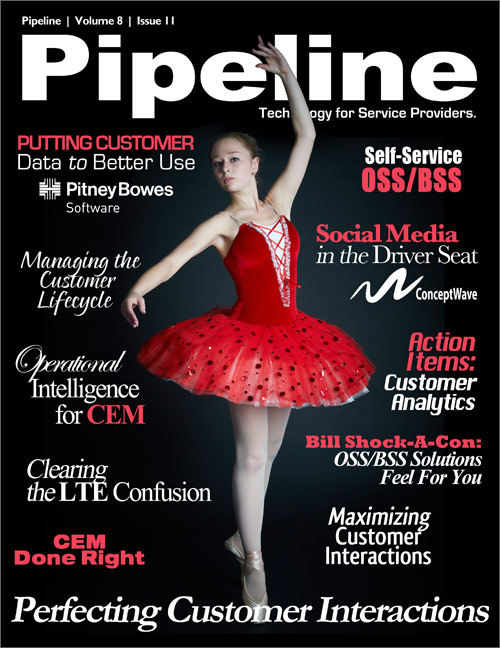By: Tim Young

It's 2012. Do you know where your subscribers are?
Do you know what they're doing? When they're using more bandwidth and why? Do you have a sense of whether or not they're happy with their overall level of service?
This is, in many ways, an empirical question rather than a theoretical one. In fact, you're already collecting (or are capable of collecting) vast amounts of data about when and where your customers are using their services, the types of services and devices they're using, and when they're experiencing the most substantial problems with those devices and services. And, if you're like many service providers, large and small, you're beginning to understand the benefits of doing something with all that data as the importance of the customer experience continues to be a major theme in telecom.
A Changing View
"The network-centric view of the world is moving to a more customer-centric view of the world," Drew Rockwell, CEO of Lavastorm Analytics, a provider of analytics solutions says. Increased competition, both from other service providers and from new challengers, as well as a troublesome economic environment in many regions has increased the urgency of customer retention and customer satisfaction. For many service providers, that has meant an instinct of offering customers everything they want for unsustainable prices, or attempting to find ways to reach out to customers and improve the carrier's image.


However, the most compelling brand of customer experience management (CEM) hullabaloo, in my mind, is more about data visibility and analysis than it is about warm-fuzzies and free phones (and you can read more about the extent to which the term CEM serves as something of a Rorschach Test in this article.
Customer experience analytics tools can provide service providers with the relevant information they need about what their customers are actually doing, and can help assist these carriers in sharing this valuable information in an actionable way across departments within the service provider's organization.
Analytics tools that specifically focus on the customer experience are an evolution, not a revolution. I remember, back in 2008, reading about how IBM's Tivoli Netcool solutions were attempting to go beyond basic fault management and service quality management (SQM) to try to get a grasp on what the end user was actually seeing and experiencing. Fault management, SQM, have all given way to overall CEM focused on customer analytics. Monitoring and assurance functions can be tuned in a way that allows for a more complete understanding of end-user behavior and experience, and can be tied to business objectives in a way that allows service providers to act on the new depth of information they're receiving.









